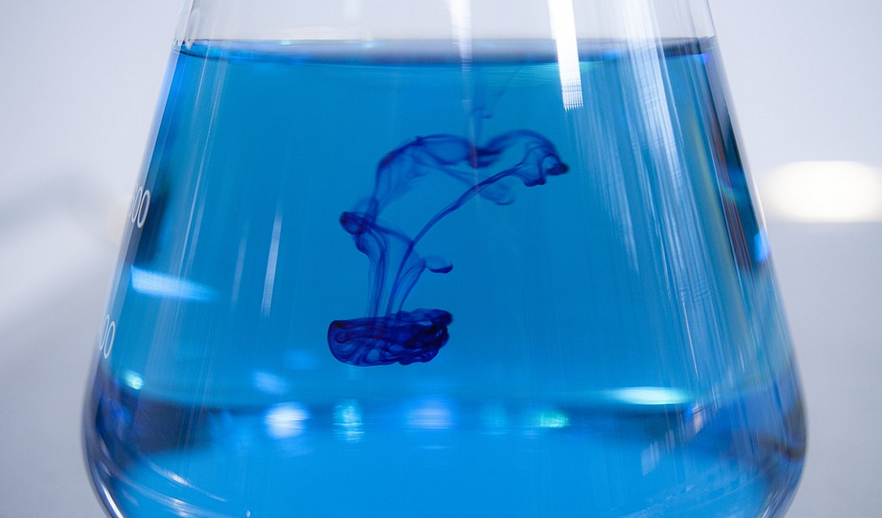Introduction
Red Dye 40 is a popular food coloring agent that is used in a wide variety of processed foods, beverages, and cosmetics. This chemical compound is known for its bright red color and is widely used in the food industry to enhance the appearance of food products. In this article, we will explore the chemical structure of Red Dye 40 and its properties.
What is Red Dye 40?
Red Dye 40, also known as Allura Red AC, is a synthetic food coloring agent that is derived from petroleum. It is a bright red powder that is highly soluble in water and is commonly used in the food industry to add color to foods, beverages, and cosmetics. Red Dye 40 is one of the most widely used food coloring agents and is approved by the FDA for use in food products.
The Chemical Structure of Red Dye 40
The chemical structure of Red Dye 40 is composed of a benzene ring that is attached to two sulfonic acid groups, two naphthalene rings, and a nitrogen group. The chemical formula of Red Dye 40 is C18H14N2O8S2, and its molecular weight is 496.44 g/mol. The bright red color of Red Dye 40 is due to the presence of the naphthalene ring, which absorbs light in the visible spectrum.
Properties of Red Dye 40
Red Dye 40 is a highly soluble compound that is stable under normal conditions. It has a melting point of 277-278°C and a boiling point of 787.9°C. Red Dye 40 is not flammable and is not reactive with other chemicals. It is also safe for consumption in small quantities and does not pose any significant health risks.
Uses of Red Dye 40
Red Dye 40 is widely used in the food industry to add color to a variety of products, including candies, beverages, baked goods, and processed foods. It is also used in cosmetics, such as lipstick and nail polish, to add color. Red Dye 40 is also used in pharmaceuticals to add color to tablets and capsules.
Health Concerns
While Red Dye 40 is generally considered safe for consumption in small quantities, some studies have suggested that it may cause allergic reactions in some individuals. It has also been linked to hyperactivity in children and may exacerbate symptoms in individuals with ADHD. However, the FDA has deemed Red Dye 40 safe for consumption in the amounts typically used in food products.
Conclusion
Red Dye 40 is a commonly used food coloring agent that is approved by the FDA for use in food products. Its chemical structure is composed of a benzene ring that is attached to two sulfonic acid groups, two naphthalene rings, and a nitrogen group. While there are some health concerns associated with Red Dye 40, it is generally considered safe for consumption in small quantities. As with any food additive, it is important to use Red Dye 40 in moderation and to be aware of any potential allergic reactions or adverse effects.

